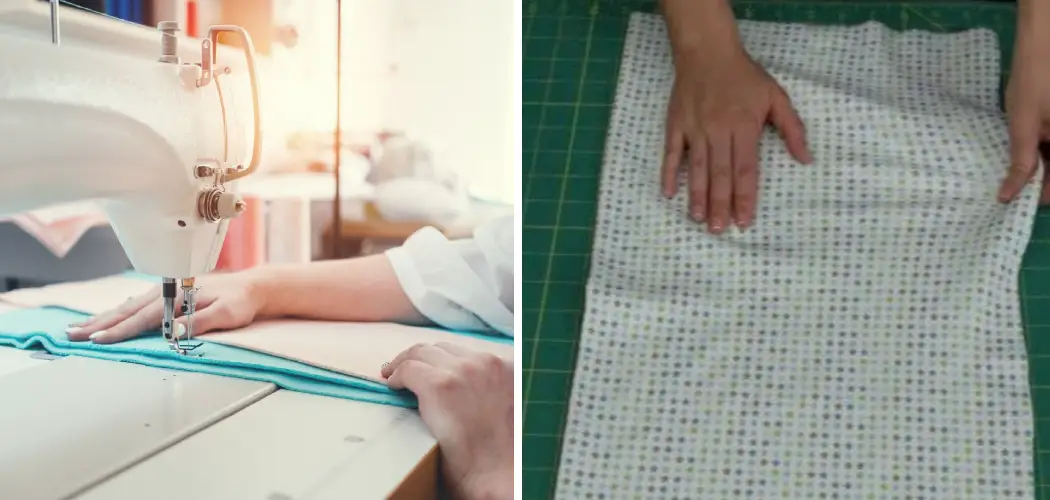Are you eager to learn how to sew stretchy fabric? Have no fear – it’s much simpler than you may think! With the right tools and techniques, you can easily become a master of sewing with fabrics like spandex, lycra, or power mesh.
From finding the correct type of stretch needle and thread to understanding which stitch to use for elastic waistbands, this guide will provide step-by-step instructions so that by the end of it all you’ll be ready to tackle any project requiring stretched materials. So come join us on this journey into working with these fantastic fabrics!
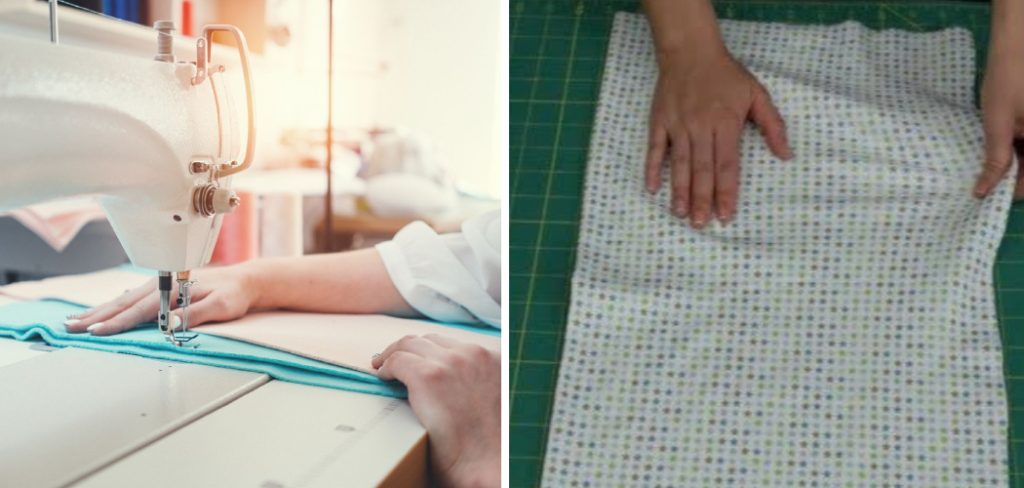
Tools and Materials You Will Need to Sew Stretchy Fabric
- Sewing machine
- Stretch needle
- Thread designed for stretchy fabrics
- Scissors
- Stretchy fabric (spandex, lycra, power mesh, etc.)
- Iron and ironing board (optional)
- Tape measure or ruler (optional)
- Pins or clips
Step-by-Step Guidelines on How to Sew Stretchy Fabric
Step 1: Preparing the Fabric
Before you start sewing, be sure to give your fabric a good press with an iron. This step is important for removing any wrinkles and making sure the fabric lays flat on your cutting surface. If necessary, use spray starch to help keep the fabric in place during cutting.
Be sure to measure the fabric before you cut, and remember that stretchy fabrics will shrink a bit when they are sewn.
Step 2: Sewing Machine Setup
Now it’s time to set up your sewing machine! You’ll need to make sure you have a special needle designed specifically for stretch fabrics. These needles come with either a ballpoint or a special titanium coating that helps prevent the fabric from snagging.
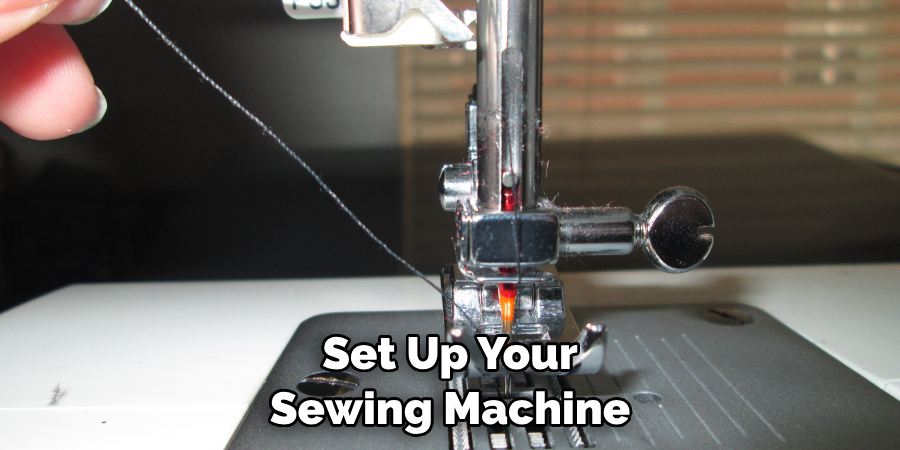
Once your needle is in place, select the appropriate thread for stretchy fabrics and adjust your tension settings. Make sure you’re using a stitch designed to allow the fabric to stretch, such as a zig-zag or narrow elastic stitch.
Step 3: Sewing the Fabric
Now you’re ready to start sewing! Start by pinning the fabric together, taking care not to stretch the fabric too much. If your project requires elastic waistbands, use a straight stitch on both edges with a zig-zag stitch in between. This will ensure that the fabric has enough room to stretch without breaking apart at the seams.
When you’re done sewing, be sure to carefully press the finished garment with an iron. This step will help ensure that all of your stitches remain secure and in place.
Step 4: Finishing Touches
Your project is almost complete! Before you call it a day, make sure to trim any loose threads and check for any loose stitches that may need to be fixed. Now you can proudly show off your amazing creation!
With a little practice, you’ll soon find yourself mastering the art of sewing stretchy fabrics. From creating form-fitting dresses to constructing swimwear, there’s no limit to what you can do with these materials. So get out there and start stitching–you never know what beautiful pieces you’ll create!
Additional Tips and Tricks to Sew Stretchy Fabric
1. If you’re working with a pattern, cut out your fabric pieces before beginning to sew. This will help ensure that the garment fits properly and won’t require extra adjustments later on.
2. Before sewing the fabric, use lots of pins to hold it in place securely while you work. Stretchy fabrics need more pins than non-stretchy fabrics in order to keep them from shifting or stretching out of place.
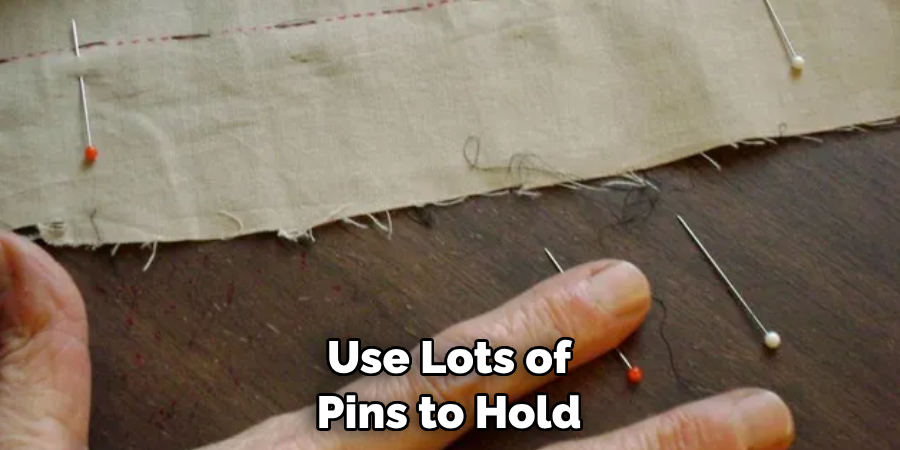
3. When sewing, use a zigzag stitch to get the best results on stretchy fabrics. This will allow the material to move and flex naturally without breaking the seam or putting strain on it.
4. If your machine doesn’t have a built-in zigzag stitch, you can also use an overlocker or serger to sew stretchy fabrics.
5. Use special elastic thread when sewing with stretchy fabrics. This type of thread is designed to handle the stress of stretching and will result in much stronger seams that won’t easily break.
6. When finishing your garment, use a stretch stitch instead of a regular straight stitch. This will allow the seams to move without putting stress and strain on them. You can also use elastic thread for this step as well.
7. Finally, always make sure to give your finished garment a good press before wearing it! A proper pressing will help ensure that the seams are flat and smooth, as well as helping to give the garment a professional and finished look.
Sewing with stretchy fabrics can be tricky at first, but with practice and patience, you’ll soon master this skill! With these tips, tricks, and techniques in mind, you’ll be able to sew your way to perfectly crafted garments with ease. Good luck, and happy sewing!
Things You Should Consider to Sew Stretchy Fabric
1. Choose the right needle and thread: Select a stretchy or ballpoint needle, such as a 70/10 or 80/12 for knit fabrics, and opt for a polyester-wrapped elasticized thread for your sewing machine. This type of thread is designed to move with the fabric without breaking when stretched out.
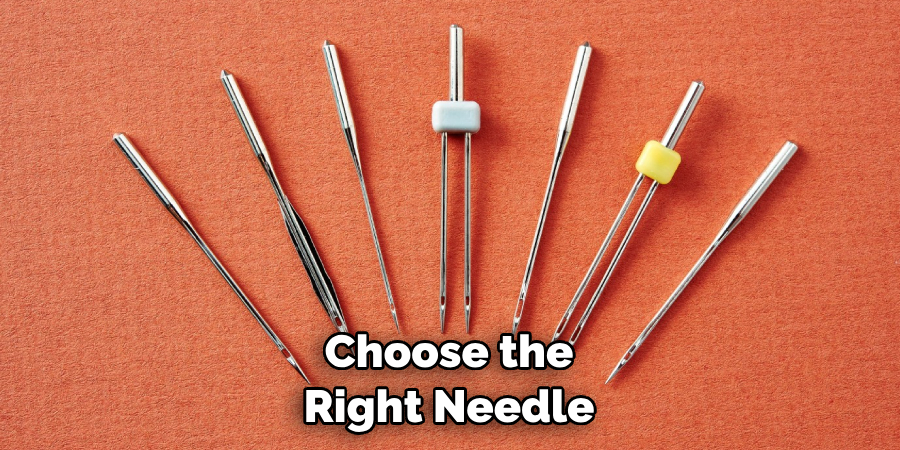
2. Use a walking foot: A walking foot makes it easier to sew with stretchy fabric because it feeds the top and bottom layers of fabric together without allowing one to move faster than the other. This helps you avoid puckering, stretching, or gathering along your seams.
3. Stabilize your seam allowances: Always use a stabilizer when sewing stretchy fabrics like knits and jerseys. This will prevent the fabric from stretching out as it’s sewn, giving you a nice crisp seam line every time.
4. Take your time: Stretchy fabrics are trickier to sew than regular woven fabrics, so take your time, and don’t rush! The key is to keep the layers of the fabric moving together in sync with the needle and foot.
5. Use a presser foot with an adjustable throat plate: A presser foot with an adjustable throat plate will provide more space for bulky seams to pass through without getting stuck, which reduces the risk of stretching or creating pleats in your fabric.
6. Experiment first on scrap fabric: Before attempting to sew any project with stretchy fabric, it’s important to practice scrap first. This will help you determine the best needle type and thread tension setting for your particular fabric before jumping into something bigger.
These tips will help you sew stretchy fabrics like knits and jerseys with ease. With a few simple adjustments, you’ll be producing beautiful garments in no time! Now that you know what to do, get sewing!
Frequently Asked Questions
What Type of Needle Should I Use for Stretchy Fabrics?
When sewing stretchy fabric, it is important to use the correct type of needle. You will need a ballpoint or stretch needle, as they are designed specifically to navigate through the knit fabrics without damaging them. Make sure your tension settings are lower than usual, as too much tension can cause the fabric to pucker or break.
What is a Serger?
A serger (or overlocker) is a specialized sewing machine that is used for joining materials together with thread. They are great for working with knits, as they create neat, stretchy seams that won’t warp or pucker in the wash. However, they can be expensive to purchase and require special thread, so it is important to research how you are going to use a serger before investing in one.
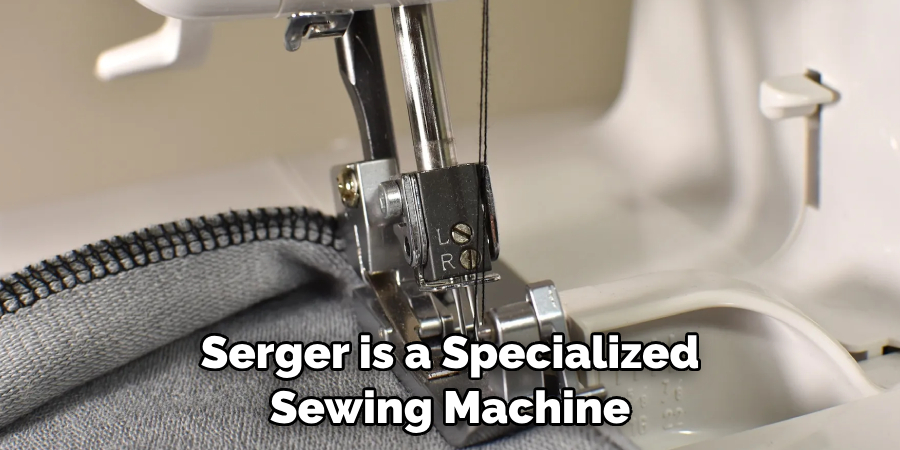
What Is A Gathering Stitch?
A gathering stitch is a specialized technique used for creating ruffles or pleats in fabrics. It involves sewing two rows of basting stitches, then pulling the top thread to gather the fabric. This technique is great for adding texture and dimension to your projects, particularly when working with lightweight fabrics such as chiffon or organza.
What Is Seam Finish?
Seam finish is a sewing technique used to reinforce seams and prevent fraying. It can be done by serging the edge of the fabric, using pinking shears to cut a zigzag edge, or using a special heat-sealed finish. No matter which method you use for seam finish, it is important to remember that this step can make or break your project!
What Is Fusible Webbing?
Fusible webbing is a special type of adhesive that can be used to bond two pieces of fabric together. It is especially useful for hemming stretchy fabrics or working with appliqués, as it provides a strong and secure hold without the risk of puckering. Fusible webbing is also easy to use – just iron between the two pieces of fabric and you’re good to go!
What Are Narrow & Wide Zigzag Stitches?
Narrow and wide zigzag stitches are both types of stitching used to finish off edges or join two pieces of fabric together. They differ in the width of the stitch, with a narrow zigzag having a tighter pattern and a wide zigzag providing more room for movement. Both types of stitches are great for stretchy fabrics, as they allow the fabric to move and stretch without breaking the seam.
Conclusion
As you gain more experience with sewing stretchy fabrics, you’ll start to feel more comfortable with working with them and understand their behaviors better. And by following the tips mentioned in this blog, you’ll be ready to tackle any sewing project involving stretchy fabric.
Your newfound skills will allow you to create a variety of beautiful clothing items that fit comfortably due to the fabric’s incredible stretchability. Before long, your wardrobe will no doubt become filled with garments made from these amazing materials! So don’t hesitate – try out some new projects today and learn how to sew stretchy fabrics! You won’t regret it!
You Can Check It Out to Cross Stitch onto Clothes

